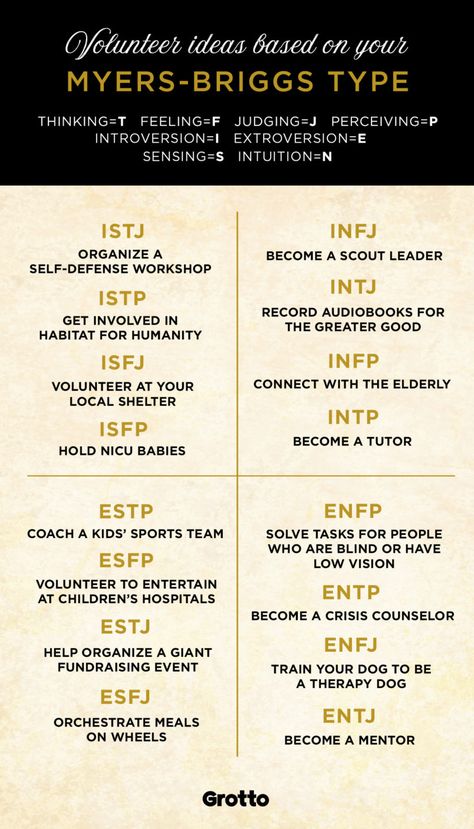Legend of two wolves
The Legend of the Two Wolves
There is a Cherokee legend about an elderly brave who tells his grandson about life.
“Son,” he says, “Within all of us there is a battle of two wolves. One is evil. He is anger, envy, jealousy, sorrow, regret, greed, arrogance, self-pity, guilt, resentment, inferiority, lies, false pride, superiority, and ego.”
He continued, “The other wolf is good. He is joy, peace, love, hope, serenity, humility, kindness, benevolence, empathy, generosity, truth, compassion, and faith.”
“The same fight is going on inside of you, and inside every other person, too,” explained the wise Cherokee elder.
The grandson thought about it for a minute and then asked his grandfather, “Which wolf will win?”
The grandfather simply replied, “The one you feed.”
I feel the wolves attacking each other every day. Every hour. Most minutes.
One wolf is resentful as hell that she can’t eat a piece of pumpkin pie on Thanksgiving without suffering the consequence of loud death thoughts for two days after, that the tiniest bit of refined sugar and flour can throw off her limbic system — brain’s emotional center — so significantly. She’s angry that she has to exercise so intensely no less than six times a week in order to escape suicidal ideations. She’s bitter, in general, that she has to work so hard and be so disciplined in order to experience the same serenity that is available to her friends and family all the time.
The other wolf reminds her that, while the rest of the world would like very much to be on a diet but can’t drum up the self-discipline, she should be happy that not eating right has such devastating consequences that she’ll never have to go on a diet, because in order to exist without suicidal thoughts she has to always be on one.
The other wolf says, sure, exercise is sometimes a drag, but she should be thankful that she has legs with which to run and arms with which to swim, that there are many people with physical disabilities who don’t get to enjoy the temporary anesthesia from depression that an intense workout can offer.
One wolf believes her suffering is unique, that no one could possibly understand the anguish she feels. She’s resentful of those who have never wanted to die, and wishes she could experience that kind of ignorant bliss. She is tired of telling her story to people who don’t understand. Their puzzled expressions only make her feel that much more alone and send daggers through her heart.
She’s resentful of those who have never wanted to die, and wishes she could experience that kind of ignorant bliss. She is tired of telling her story to people who don’t understand. Their puzzled expressions only make her feel that much more alone and send daggers through her heart.
The other explains that everyone is fighting a battle of some kind, that anyone born to this earth has known a type of suffering. This wolf tells her to forget the happy persona most people try to project, that every home has shed its own tears for tragedies and sorrows and distress and fears that are kept hidden from the world, but are nonetheless there.
One wolf believes that if those in her life could listen to her thoughts, they would abandon her for sure. She builds a wall of stone around her morbid world so that she can never be hurt again.
The other reminds her that they didn’t leave her during those moments of bleakness, that they have stood by her during the ugliest hours, and that they are still around. The wolf says that she is safe to be real and transparent, that peace comes with authenticity.
The wolf says that she is safe to be real and transparent, that peace comes with authenticity.
One wolf knows for certain she will never feel better. She has given up on trying to get better. She is tired, disillusioned, and deflated. After opening her mind time and time again to new ideas and strategies, and investing the energy needed to pursue them, she has no more space in her heart for hope.
The other reminds her that her track record for getting through difficult times so far is 100 percent, that there is always room for hope, even if a heart is rock hard from trying and failing and trying and failing and failing once more. She says that although depression feels permanent, there is nothing in this world that is constant, that biochemistries evolve and relationships shift and situations change, and not one thing is the same from moment to moment, therefore there is always the potential to begin again, and for healing to happen.
I suppose I feed both wolves every day.
Inadvertently.
When I have my hand out to feed love and hope, the other wolf snatches the goodies, and suddenly I’m filled with envy and anger. I try so hard to do all the right things — eat right, meditate, exercise, pray, get support, help people — but the “dis-ease” will present symptoms, and then I have to start over.
But I know about these wolves now.
I know how deceptive the wolf of despair can be, but how powerful the force of compassion and kindness are.
All I have to do is keep trying to feed the wolf of peace and benevolence, to continue to hope and have faith even when good health seems impossible, and the other one will eventually get bored and stop begging for food.
Be sure to check out a collection of podcasts — interviews with authors and thinkers about this Cherokee legend — at oneyoufeed.net.
Continue the conversation on ProjectBeyondBlue.com, the new depression community.
Originally posted on Sanity Break at Everyday Health.
Two Wolves - Virtues For Life
You are here: Home / Blog / Bits of Inspiration / Two Wolves
The story of two wolves is a Cherokee Indian legend illustrating the most important battle of our lives―the one between good and bad within us. Here is how the story goes:
An old Cherokee is teaching his grandson about life. “A fight is going on inside me,” he said to the boy.
“It is a terrible fight and it is between two wolves. One is evil – he is anger, envy, sorrow, regret, greed, arrogance, self-pity, guilt, resentment, inferiority, lies, false pride, superiority, and ego.” He continued, “The other is good – he is joy, peace, love, hope, serenity, humility, kindness, benevolence, empathy, generosity, truth, compassion, and faith. The same fight is going on inside you – and inside every other person, too.”
The grandson thought about it for a minute and then asked his grandfather, “Which wolf will win?”
The old Cherokee simply replied, “The one you feed.
”
Feeding ourselves with negative thoughts can bring out the worst in ourselves. Although it’s normal to think negatively, if we continually fuel ourselves with disempowering thoughts, then envy, greed, arrogance, anger, and self-pity, as the story says, invade our lives. Conversely, positive thinking fuels the goodness within us. We exude joy, peace, hope, kindness, and love.
Most of us, however, would agree that our thoughts come and go so quickly that it seems impossible to manage them. But by saying affirmations and practicing self-compassion, we gain confidence and shape life in the direction we want it to go.
Saying Affirmations
Are you allowing negative thoughts to rule your mind? You can learn to manage your thoughts by becoming more aware of them. Then, you can change negative thoughts into positive ones. For example, if you think, “I can’t do anything right,” first understand that this thought is false. You may think you are a failure or not smart, but it’s simply not true. Unfortunately, these false beliefs are shaping your life. So if you notice yourself having negative thoughts, recognize that they are not valid and then create positive affirmations to counter them. If you think, “I’m not lovable,” instead think, “I deserve love, trust, and peace in my life.” Affirmations are powerful and can launch you on the path to positive change.
Unfortunately, these false beliefs are shaping your life. So if you notice yourself having negative thoughts, recognize that they are not valid and then create positive affirmations to counter them. If you think, “I’m not lovable,” instead think, “I deserve love, trust, and peace in my life.” Affirmations are powerful and can launch you on the path to positive change.
Practicing Self-Compassion
Being kinder to yourself can radically change your life, especially when you are suffering or feel inadequate. Mercilessly judging or criticizing yourself can keep you stuck in anxiety and depression. If you feed your mind with thoughts of “I’m not good enough” and “I’m a failure,” negative emotions like self-pity, anger, and resentment appear. But when you are more compassionate towards yourself, you feel happier.
So how can you become more self-compassionate? You can encourage and support yourself with the same words you would use if comforting a good friend. Also, you forgive yourself for any mistakes you have made. You go after what you want and treat yourself with respect. You stand up for yourself and set healthy boundaries. In essence, you become your strongest advocate, your biggest cheerleader.
You go after what you want and treat yourself with respect. You stand up for yourself and set healthy boundaries. In essence, you become your strongest advocate, your biggest cheerleader.
Ultimately, by recognizing the harm you may be doing to yourself, you can apply self-compassion to bring out the best in you.
Conclusion
Our negative thoughts can create anxiety, anger, resentment, jealousy—an array of disempowering emotions. Positive thoughts can create greater peace, confidence and a better outlook on life. We can learn how to manage our thoughts by saying affirmations and practicing self-compassion—all we need to do is exercise our power of choice and choose to feed the good wolf within us.
Which wolf are you feeding? Remember, you always have a choice!
More resources:
- The Legend of Two Wolves by Celestial Elf (animated video of the Two Wolves story)
- The One You Feed podcast
10.2K Shares
- 10.
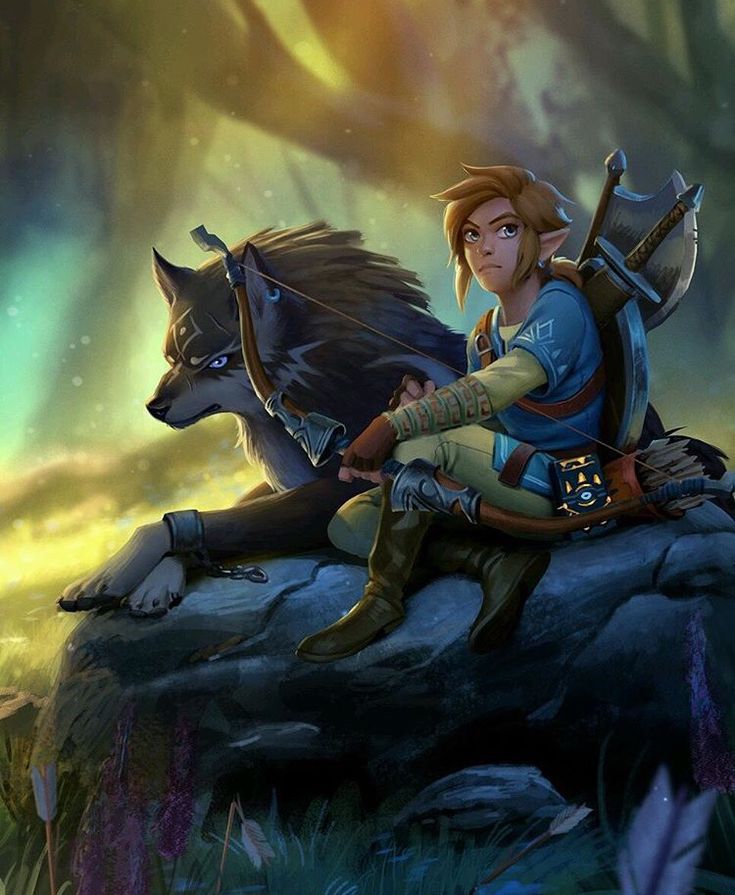 2K
2K - More
Reader Interactions
Cherokee legend of the two wolves or our inner strengths
The Cherokee legend of the two wolves says that there is a continuous battle between two forces within us. This is a conflict between our darkest side (black wolf) and this lighter and nobler area (white wolf). This duality between good and evil, between joy and pride, guilt and humility, largely defines who we are.
Most of us have already heard about this story. While it is true that there are doubts about the veracity of this story as to its origin in the Cherokee, we must still say that there are some references in oral tradition that are passed down in small Appalachian social groups from the south. nine0005
nine0005
Consider how you should interact with these enemy forces within you. How you act will determine your life. Instead of killing one of the wolves, choose to direct them both on the right path.
share
It is interesting to know that there is a slight change in the argument and that it is this touch that this last nuance is unknown to some who make this story more valuable and this lesson about unique personal growth. nine0004 Now we will open all this.
Contents
- 1 Cherokee legend of two wolves: beyond internal conflict
- 2 Do not feed the wolf: both must be taken into account
- 3 Dream legend
Cherokee legend of internal conflict: beyond internal conflict forces
The Cherokee were one of the peoples who belonged to the so-called "Five Civilized Tribes". They have long been known for their cultural richness, paganism and traditions and are without a doubt one of the most important native references in Western society. Many of their stories have been passed down to us, as well as their ritual practices or their mysticism. All this has been picked up in some very interesting books such as
Cherokee clans Professor Panther-Yates.
Many of their stories have been passed down to us, as well as their ritual practices or their mysticism. All this has been picked up in some very interesting books such as
Cherokee clans Professor Panther-Yates.
So at the height of this vast legacy, one of the most transcendent footprints in the world of social media was the Cherokee legend of the two wolves. This story is couched as a lesson in wisdom from old man to grandson. This man explains to him that in his depths and in the heart of all people, a terrible battle takes place every day between two wolves.
These two animals symbolize two opposing forces. Odin is evil, the old man says to his grandson. We are talking about anger, envy, greed, arrogance and even sadness, feelings of inferiority and ego. The other strength is kindness, joy, love, hope, serenity, humility, compassion and, of course, peace. nine0005
When a young Cherokee asks his grandfather which wolf will win the battle, in most of the stories that have come down to us, the old man will answer with the following statement: the one you decide to feed will win. However, there is another version that may be more interesting.
However, there is another version that may be more interesting.
In the last one, the old Cherokee warrior tells the child that both wolves really must win, because this battle is not a game of strength, but a game of balance. We must feed the two wolves, because they need them, we must be able to lead them both on the right path …
Don't feed the wolf: both must be taken into account
There are times in our life cycle when we feel like we're on a roller coaster. Everything consists of ascents and descents, moments when we enjoy immeasurable probability and moments when, almost without knowing why, adversity touches us, sadness, rage and despair.
Life can be happy or sad, benevolent or cruel, a person spits out complex stories of love and hate, peace and loss, realizing that, indeed, always has two opposing forces inside him that he doesn't know how to control well and who fight fierce battles.
Thus the Cherokee legend of the two wolves explains to us that it is not a matter of feeding one wolf but another starving one. Man is the essence of yin and yang, of this duality, which, instead of discarding a part, eliminating it or placing it in a dark corner, must be taken into account, brought forward and controlled in order to live in balance. nine0005
An old warrior tells his grandson that he prefers to deal only with the white ox, the black wolf hides in every corner to attack him when he feels weak or vulnerable. Moreover, the Cherokee legend of the two wolves tells us that we should not despise this dark-haired animal like the night, with its piercing eyes and bristly back.
Whether we believe it or not, the black wolf also has many qualities: determination, perseverance, courage, strategic thinking... We find virtues in him that the white wolf does not have. Therefore, it is necessary to feed both of them in order to make the most of their nature, strengthen their best version, identify their needs and accustom them to coexist in harmony.
So don't let our fears starve to death: it will always be better to recognize, understand and transform them. Don't starve with rage, our anger, or our sadness. Let's approach these inner realities without stopping to explore them and find out what they have to tell us. They can offer us valuable lessons to be better every day. nine0011
share
As we can see, the Cherokee legend of the two wolves brings us a valuable lesson in teaching the about balance and emotional management. Such pedagogical signals suggest that a reasonable division of strength and food between two wolves is a very important factor for our quality of life.
Legend of Dreams
Dreamers are powerful tools from shamanic medicine, originating from Native American tribes. Learn more
The Legend of the Two Wolves / Wealth
Thanks to this beautiful story featuring two wolves, you can understand why you need to learn to control your anger .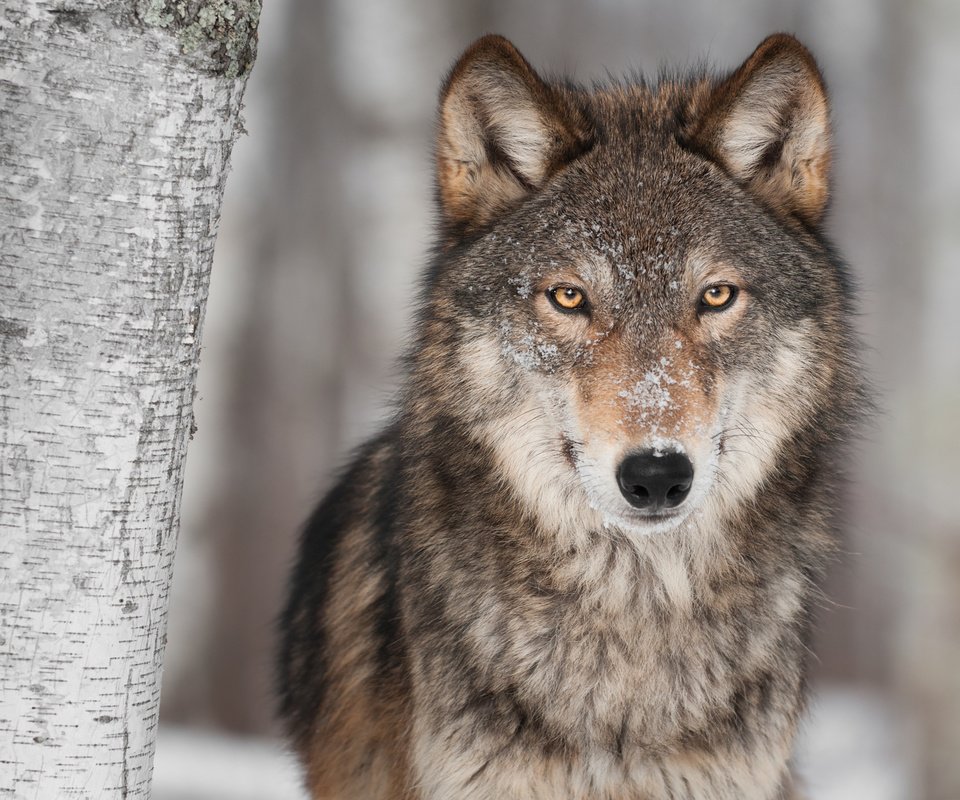 It is not something simple, there is no doubt, but we can use this feeling and even achieve our goals. We cannot think, negativity is "on the surface" and we may say or do things we will regret later. For this reason, it is necessary that we learn to cope with the feeling of anger that contracts our face, which leads to an increase in heart rate and shortness of breath..
It is not something simple, there is no doubt, but we can use this feeling and even achieve our goals. We cannot think, negativity is "on the surface" and we may say or do things we will regret later. For this reason, it is necessary that we learn to cope with the feeling of anger that contracts our face, which leads to an increase in heart rate and shortness of breath..
"Speak without holding back your anger and you will get the best speech to regret" .
-Ambrose Bierce-
Some argue that the best way to control anger is to count to 10 (or 100, 1000 or 100,000, depending on how angry we are). Others will point out that the best recipe for reducing anger is to breathe deeply with your eyes closed. And the third option is to drink a glass of cold water. Any method that helps us deal with anger would be welcome. nine0004
Anger and the legend of the two wolves
If you find it difficult to control your temper tantrums and feel like every time you get angry you are like a "Tasmanian demon" or the most powerful hurricane, it might be helpful to read the following legend Cherokee City (Natives of North America) about the fight between two ferocious wolves.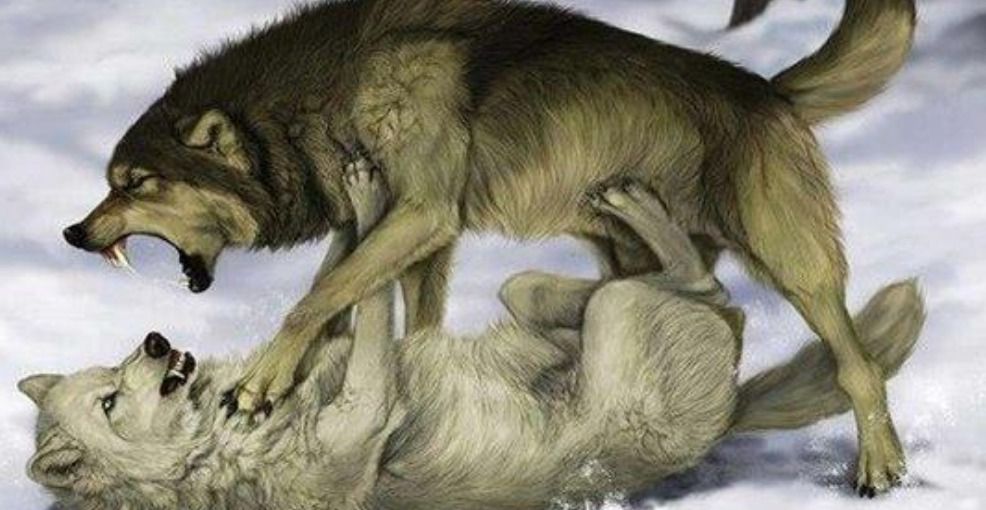
A man said to his grandson, “I feel like two wolves are fighting in my heart. One of them is cruel, always angry and wants revenge. The other is full of forgiveness, compassion and love."
The boy asked: “Which of them will win the fight and remain in your heart?”.
To which the grandfather replied: "The one I feed."
then, If we are in a situation that fills us with anger, let's not continue to "pour fuel on the fire", as they say, because the fire may be impossible to put out. In case the other person in front of us gets very angry, we should try to end the discussion or wait until she calms down to continue the conversation..
Understanding anger
If we are fierce wolves, maybe we don't understand what is going on around us because of our blindness . So it's important to pay attention to our body's signals, firstly to notice that our temperature is rising (and with it anger) and secondly to put cold pads on the situation.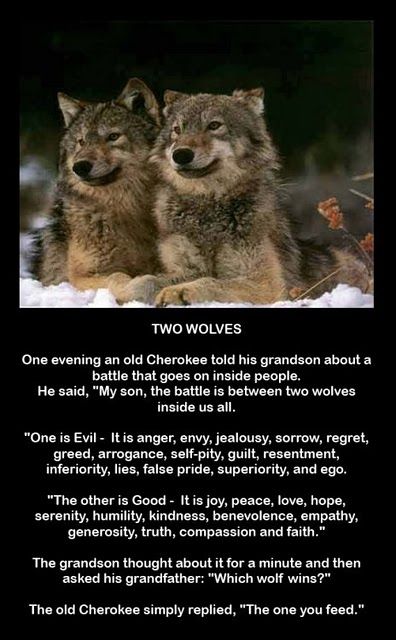
Even if the legend gives us a beautiful teaching, we can say that it is a "theory". In practice, it is almost impossible to completely eliminate anger from within. nine0004 Something unfair will make us angry, talking to our partner too. If the work doesn't work out the way we want, we can be overcome with anger when someone very close to us is suffering, the violent wolf inside of us can come out of hiding, etc. All this is understandable, because otherwise (if we always had there was calmness and understanding), we would not be people.
The society managed to hide negative emotions and we are not ashamed of them yet. That's why we suppress them and that makes us really bad. Remember that everything bad that we keep in our hearts poisons us. nine0005
Then instead of learning how to eliminate anger, It's a good idea to understand this feeling and channel it in a way that doesn't hurt or harm us or others.
The legend of the blue butterfly The legend of the blue butterfly gives us a very valuable teaching: the fact of being responsible for what we choose. Read more "
Read more "
Anger of the channel
Want to know a deeper version of the legend of the wolves? Thanks to her, you can understand a little better what anger is and how to live with it.
The Cherokee chief said, “There are two wolves in my heart, one white and one black. The target is loving, kind and gentle, fighting only when he has to take care of others or himself. Blacks are cruel, and in the face of any occasion, they release their anger and anger, fight for no reason, full of anger and hatred, only cause trouble."
If I only feed the white wolf, the black one will hide and attack him when he neglects me.And if I only pay attention to the bad wolf, he will be stronger and use his negative energy when he sees fit.So both wolves should live in harmony and balance.”
“How can these two be winners?” the boy wanted to know. The old man said: "Because the black wolf has qualities that I may need: he is smart and his senses are sharpened, and his eyes are used to the dark.







